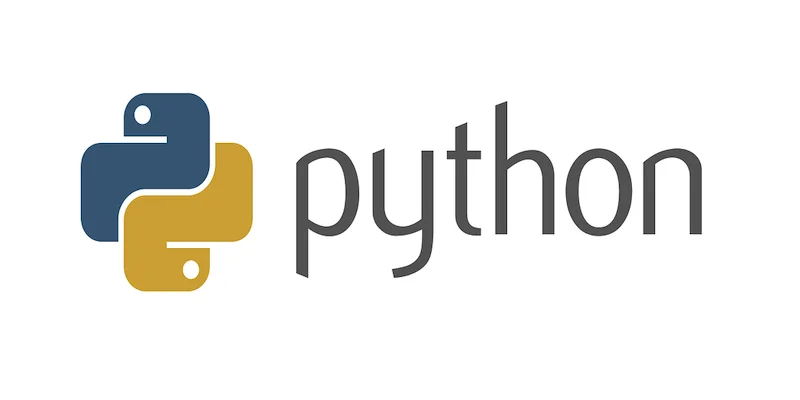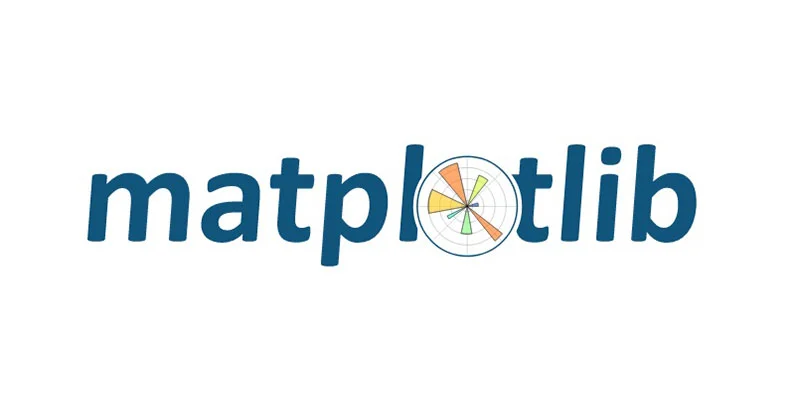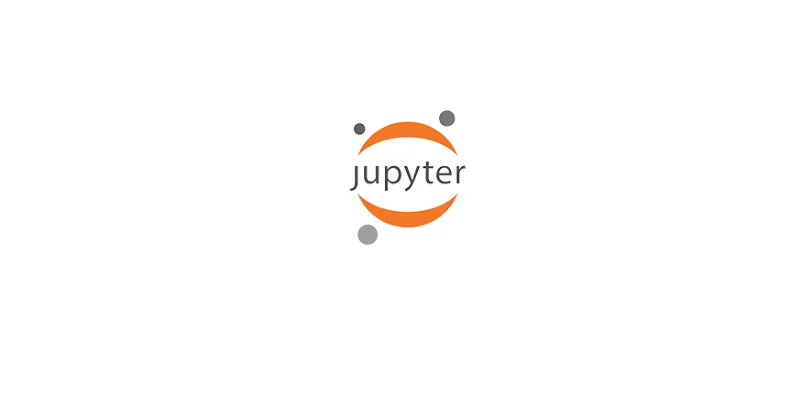python 行与缩进,本篇python基础教程介绍python 的行、缩进。Python 3 最具特色的是用缩进来标明成块的代码,不需要使用大括号 {} ,同一个代码块的语句必须包含相同的缩进空格数。
python行与缩进
#!/usr/bin/python3
if True:
print ("True")
else:
print ("False")
Python代码最后一行语句缩进数的空格数不一致,会导致运行错误:
#!/usr/bin/python3
if True:
print ("Answer")
print ("True")
else:
print ("Answer")
print ("False") # 缩进不一致,会导致运行错误#
运行结果:
File "test.py", line 6
print ("False")
^
IndentationError: unindent does not match any outer indentation levelPython 代码四个空格的缩进来表示隶属关系的书写方式,强制缩进增强了程序的可读性。
python多行语句
Python 通常是一行写完一条语句,但如果语句很长,我们可以使用反斜杠(\)来实现多行语句,例如:
keywords = wordpress_theme + \
wordpress_plugin + \
pythonthree.com在 列表[], 字典{}, 或元组 () 中的多行语句,不需要使用反斜杠(\),例如:
keywords = ['wordpress_theme', 'wordpress_plugin', 'pythonthree.com',
'www.pythonthree.com', '晓得博客']推荐阅读:零基础如何开始学习Python






